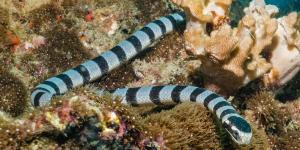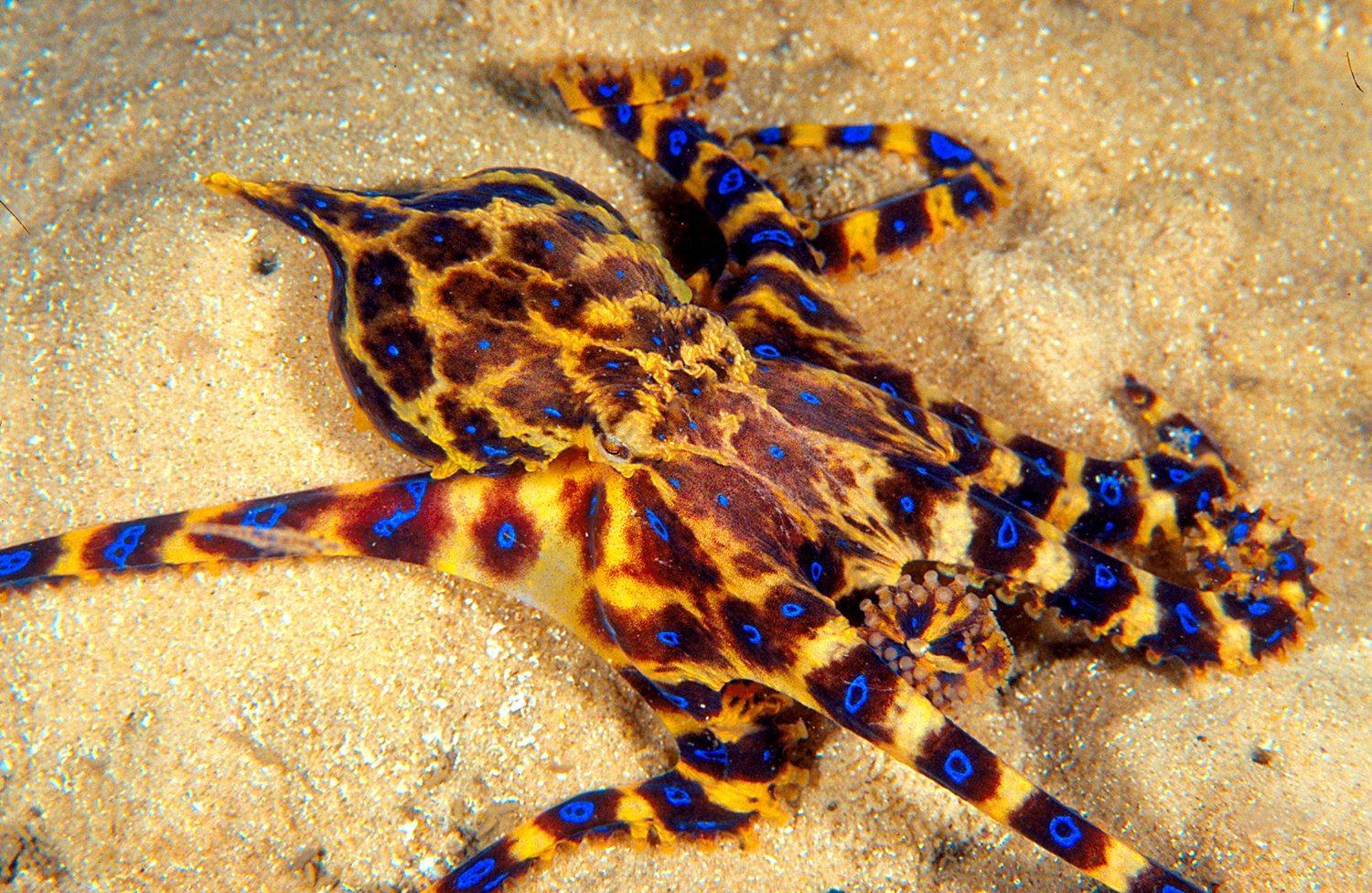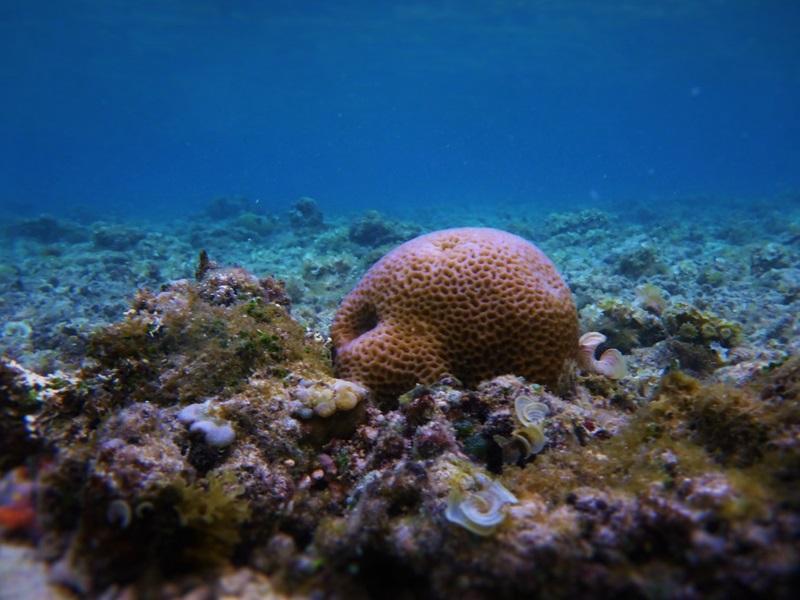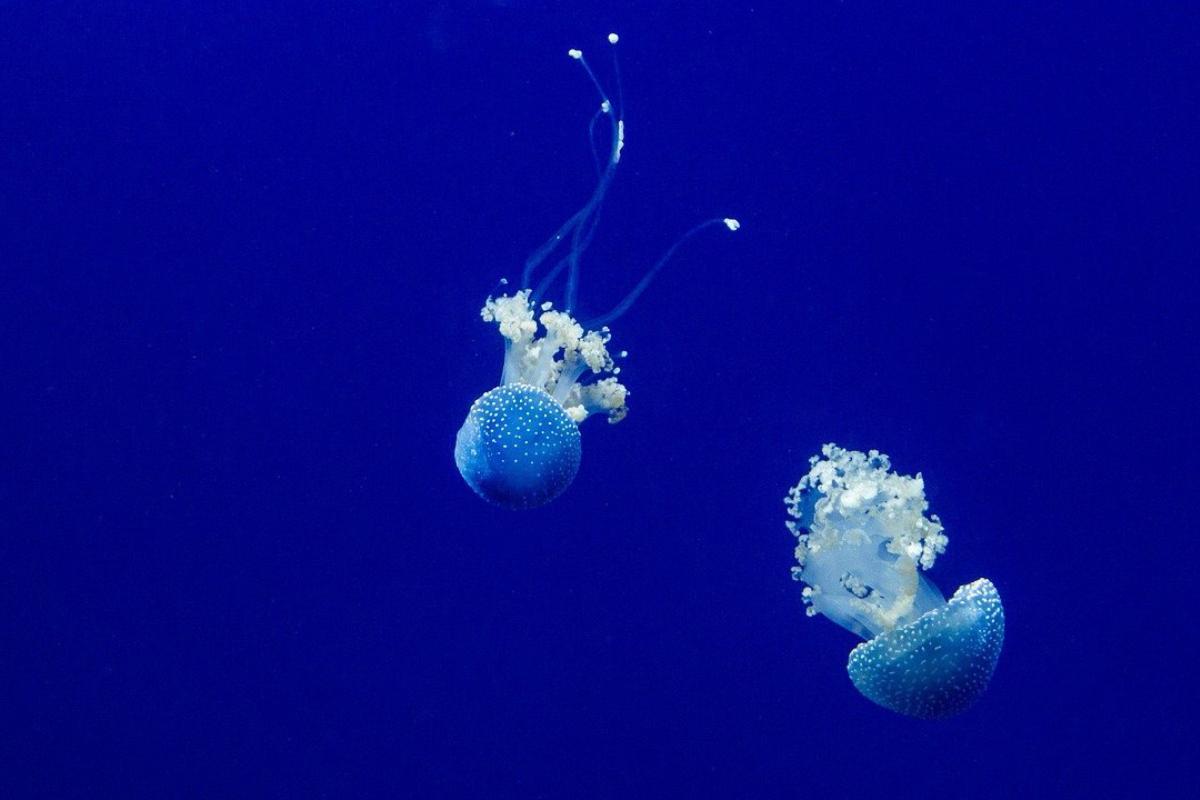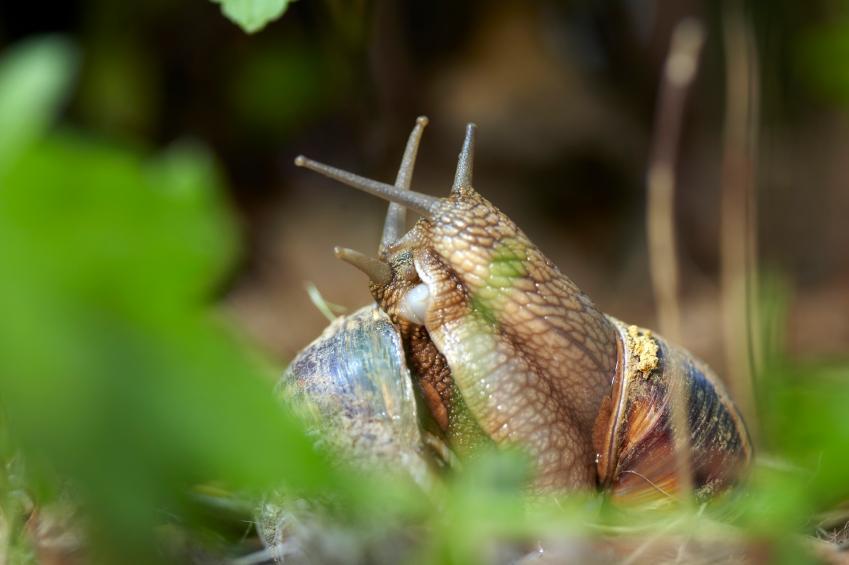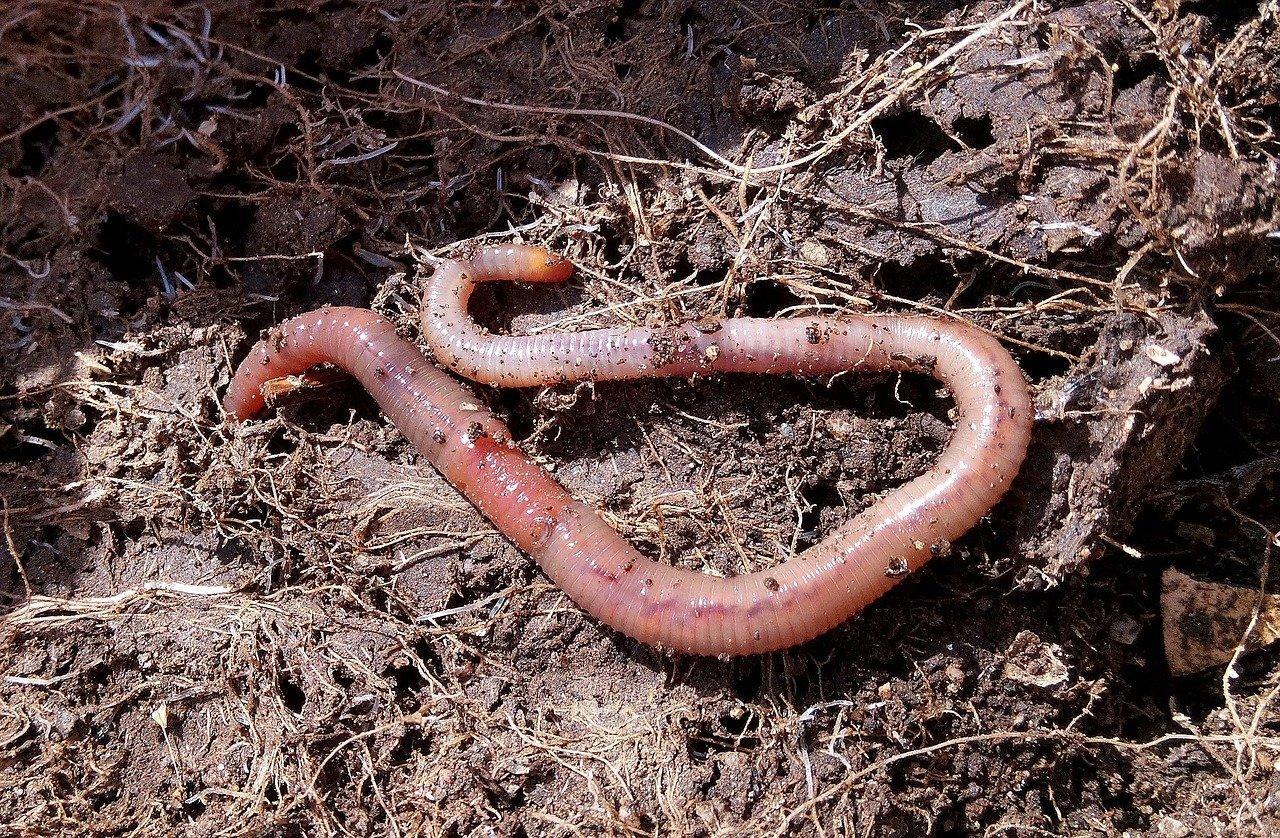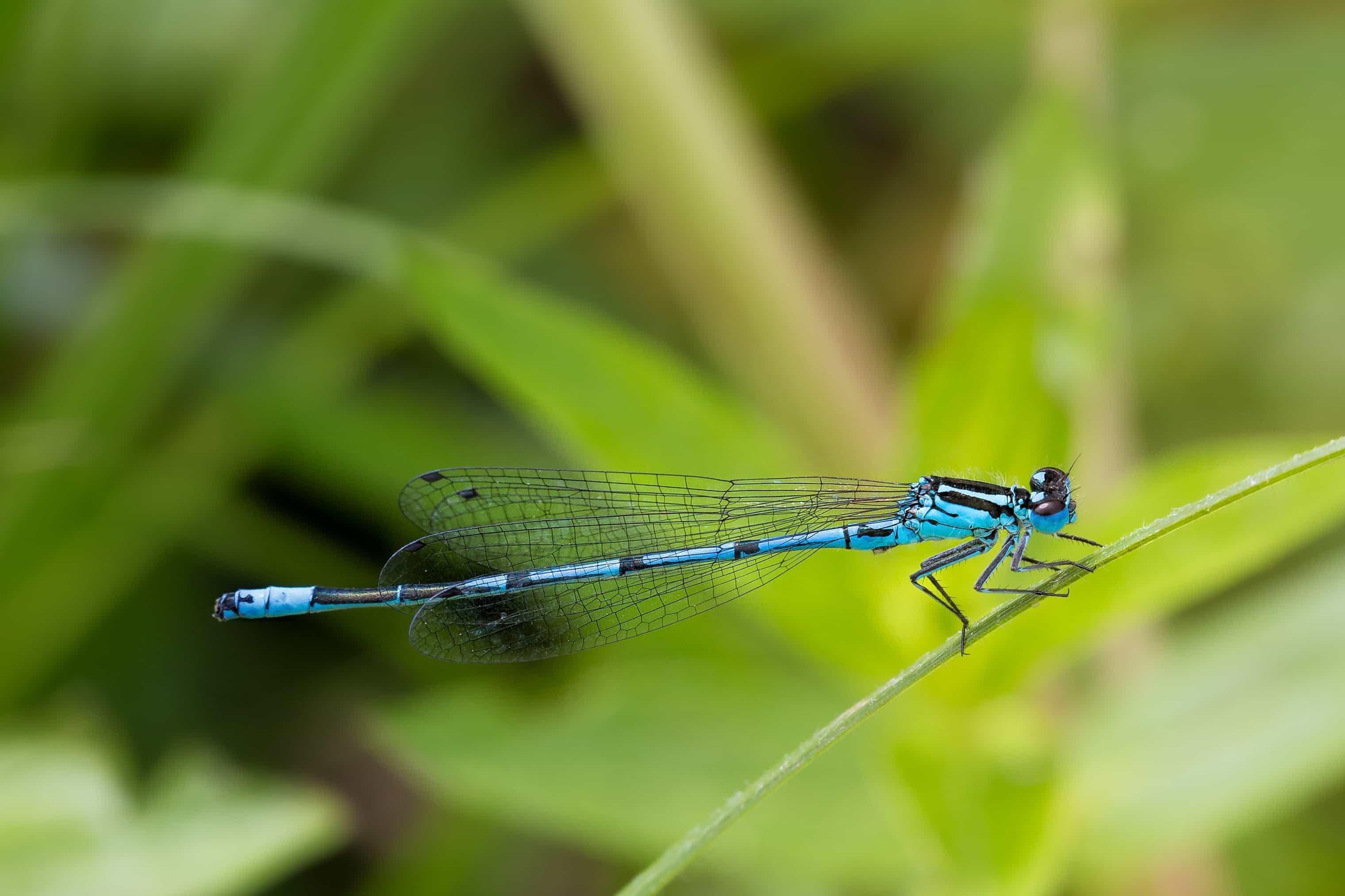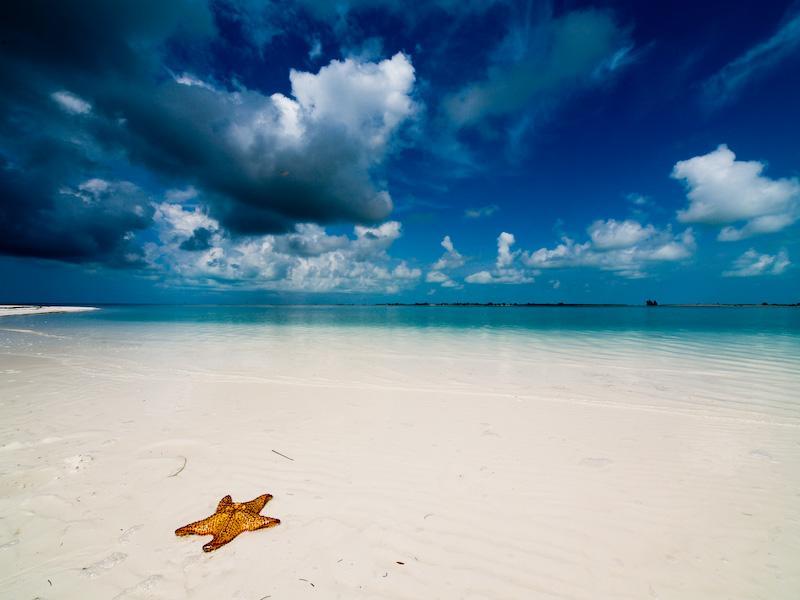Invertebrate Animals - Examples and Characteristics


Invertebrates are the most misunderstood members of the animal kingdom. Many wonder whether some of the invertebrates we can find in nature are even considered animals. Representing 95% of the animal species currently known to science, they make up 35 of the the 36 phyla in the Kingdom Animalia. Only the Phylum Chordata contains vertebrate animals. Despite this, it is rare you ask a student for their favorite animal and they reply ‘flatworm’ or a similar invertebrate. thedailyECO wants to remedy this by providing examples and characteristics of invertebrate animals.
- Characteristics of invertebrate animals
- Taxonomic classification of invertebrates
- Large invertebrates (macroinvertebrates)
- Sea sponges
- Cnidarians
- Platyhelminthes
- Mollusks
- Annelids
- Nematodes
- Arthropods
- Echinoderms
Characteristics of invertebrate animals
To better understand how animals in the Kingdom Animalia are categorized, we look at some of the characteristics of invertebrates:
- Backbone: their name refers to the fact that they lack a spinal column, although some vertebrate animals only have a notochord. They also lack an internal skeleton, so we can say that they are animals that do not have bones, even if some have an exoskeleton or similar structures.
- Size: they are relatively small animals. Although variable, many of them have protective structures such as shells, carapaces or covers.
- Distribution: invertebrates are found in almost all habitats on Earth, including such inhospitable environments such as the high temperature waters of hydrothermal vents in deep oceans or the frozen surface of Antarctica.
- Biodiversity: they make up the majority of the known biodiversity on the planet. For example, there were between 1.7 and 1.8 million species counted in 2005, of which some 990,000 were invertebrates or animals without bones. However, these figures are constantly changing.
These are the main characteristics of invertebrate animals, but a lot of our understanding remains relatively limited. Historically, research into the animal kingdom was biased towards vertebrates due to the perceived economic, cultural and scientific importance of the latter. Many of these invertebrate animals have also been difficult to discover and observe due to the remoteness or inaccessibility of their habitats.

Taxonomic classification of invertebrates
There are a large number of groups of invertebrates, but the largest of them is from the phylum Arthropoda. Of the immense variety of invertebrate phyla (about 35) the great majority of individual species are found in the group of arthropods which make up around 80% of all animals.
We can make a basic distinction between invertebrates that have protective structures in their body and those that don't, but there are many difficult questions involved in knowing how to group each individual species. Many of these invertebrate animals have great differences in terms of habitats, morphology, reproduction and other factors. For this reason, invertebrates are classified into different phyla, the most common of which are:
- Arthropoda (more than 1,000,000 species): they have a hard covering and we can find insects, arachnids, myriapods and crustaceans in this phylum.
- Mollusca (c. 100,000 species): these are invertebrate animals that have a shell or had had a shell at one point in their evolution, such as cephalopods, bivalves or gastropods. Learn more with our article asking what are bivalve mollusks?
- Nematoda (c. 25,000 species): these are invertebrates that do not have body protection. They include filarias, hookworms and pinworms.
- Platyhelminthes (c. 20,000 species): within this classification, the majority of animals are hermaphrodites. You can see more with our guide to the characteristics of Platyhelminthes.
- Annelida (c. 16,500 species): such as earthworms and leeches which lack a protected body.
- Cnidaria (c. 10,000 species): within this group we find jellyfish or other types of sea jellies, for example.
- Porifera (c. 9,000 species): these are sea sponges.
- Echinodermata (c. 7,000 species): within this classification of invertebrate animals we can find the different types of starfish.
Large invertebrates (macroinvertebrates)
This term is frequently used to refer to invertebrates that live in fresh water, such as river beds, ponds, lakes and lagoons. They are types of invertebrate animals which are large enough to be seen without the aid of artificial magnification. They include the following groups of aquatic macroinvertebrates:
- Insects
- Crustaceans
- Mollusks
- Annelids
The abundance and diversity of these macroinvertebrates are factors used as bioindicators, meaning they are indicators of the health of the ecosystem and its biodiversity. They are essential as they serve as food for other organisms and as processors of organic matter. They also function as predators in small ponds where the absence of fish makes them the main responsible for the predation of zooplankton.
You can learn more about one type of zooplankton with our article asking what are copepods?
In the next sections, we share examples of the different types of invertebrate animals and their characteristics with photos of what they look like:

Sea sponges
Also known as poriferans, sea sponges are the most primitive and simple animals. They are aquatic organisms with a sessile life, meaning they grow and live rooted in the ground or rocks. Their body is made up of numerous small pore-like holes, the reason why their phylum is called Porifera. They also have a larger opening called an osculum.
Sea sponges feed on particles found in water, which is passed by currents through the internal channels of their bodies. These currents create cells with a flagellum surrounded by a fold called choanocytes.
You can learn more about these examples of invertebrates with our article on the characteristics of sea sponges.

Cnidarians
All members of Cnidaria are types of aquatic invertebrates and include corals, jellyfish and hydras. They are animals whose body is shaped like a sack. Characteristics include a single opening that forms the mouth and connects to the gastrovascular cavity (similar to a primitive stomach). Around the mouth they have tentacles with specialized cells called cnidoblasts. These contain stinging substances that serve both as defense and a means of attack on prey.
Cnidarians are free-moving or sessile in their adult forms. For example, jellyfish swim along with the current, but coral remain attached to their given substrate. You can discover characteristics of the former as we look at the different parts of jellyfish anatomy.

Platyhelminthes
Also known as flatworms, they are part of the phylum which includes tapeworms, planarians and trematodes. They have free-living and parasitic forms of life. The differences they present in comparison to the previous groups is the presence of a central nervous system. This is present despite a lack of body cavity and is capable of processing the information collected by the eyes and other sensory structures. Their body can be divided into two identical halves longitudinally.

Mollusks
Mollusks are a diverse phylum of invertebrates which includes snails, clams, squids and octopuses. They have a soft body, although there are species in which it is protected by a hard shell.
Their internal organs form a visceral mass and their body consists of a muscular foot, mantle and a pallial cavity that functions as a respiratory apparatus. Some currently have a shell made of calcareous materials that can be formed by a single piece or by two pieces (i.e. univalve or bivalve mollusks). This can be found internally in some groups, but do not exist in others.
Mollusks consist of 8 classes. Some of the most numerous are:
- Gastropods (75,000 species): can be terrestrial or aquatic. They have a widened foot and specialized eye tentacles. They have a shell made of a single piece. Examples of these are snails, slugs and limpets.
- Bivalves (13,000 species): all are aquatic organisms that are found buried in the seabed. They have a hatchet-shaped foot and lack a distinct head. They feed on organic particles floating in the water. Examples of these invertebrate animals are clams, mussels and oysters.
- Cephalopods (800 species): all of them are marine. Within this class we can find octopuses, squids and cuttlefish. They have a very developed foot from which their characteristic arms with suckers emerge. The shell is internal or non-existent, depending on the species. They have a propulsive siphon with which they can move through the water. An example of invertebrate animals in this group is the giant squid or nautilus.

Annelids
Perhaps the most famous example of an invertebrate annelid is the earthworm. These are animals with a cylindrical body divided into segmented rings. They have metamerism, meaning each segment contains similar structures and organs. Their body is covered by mucus, a viscous substance secreted by certain glands. This facilitates their movement. Most are free-living, meaning they are not parasites of other animals.
You can learn more about the fascinating anatomy of annelids with our article asking how many hearts do earthworms have?

Nematodes
Nematodes are commonly known as roundworms. They are abundant and diverse organisms found in soil and aquatic habitats. Their bodies are unsegmented and have characteristic muscles for movement. They can be free-living or parasitic. Since the appearance of nematodes, a new body cavity called coelom appeared in invertebrates, something which makes the existence of hollow internal organs possible.
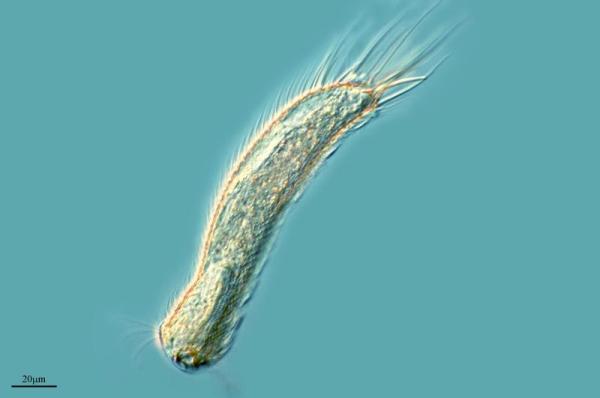
Arthropods
This is the most diverse and heterogeneous group of boneless animals, found in almost all existing ecosystems in the world. They are of great importance because it includes the vast majority of known animal species (80% of animals are arthropods). These include insects, crustaceans and arachnids. Some characteristics common to all of these invertebrate animals are:
- Very elaborate body design: with a chitin exoskeleton divided into segments and appendages (including legs, antennae and mouthparts).
- Molting: when the individual grows, it sheds its exoskeleton by molting and produces a new one once it is shed. This is repeated several times throughout its life.
- Undergo a process of metamorphosis: it is common for the juvenile to be very different from the adult animal, so it undergoes a process of metamorphosis until it reaches its final adult appearance.
Arthropods are divided into several classes and subphyla. Depending on the type of appendages and the number, some of the most common arthropods are as follows.
Myriapoda
The body of myriapods consists of a head with a pair of antennae and an elongated, segmented trunk. Each of these segments produces one or two pairs of legs. Examples of these invertebrate animals include centipedes, millipedes, symphylans and pauropods.
Arachnida
Arachnid bodies are divided into the cephalothorax (where the head and abdomen are fused) and abdomen. They have four pairs of legs, but lack antennae or jaws. They have pincer-shaped structures in the mouth called chelicerae and a pair of appendages called pedipalps. Examples of these boneless animals are:
- Spiders
- Ticks
- Opiliones
- Scorpions
- Mites
Discover more about one order of arachnids known as the whip spider.
Crustacea
The body of crustaceans consists of a cephalothorax and an abdomen. They have two pairs of antennae and most are aquatic. Crustaceans include thecostraceans such as barnacles and other species that make up zooplankton. They also contain decapods such as shrimp, crabs, woodlice and prawns. They have 10 legs on the cephalothorax and a pair of appendages per segment of the abdomen.
We delve further into how some crustaceans are classified with our article asking are crabs vertebrates or invertebrates?
Insecta
Insects have bodies divided into a head, thorax and abdomen. They have a pair of antennae, a pair of compound eyes and several simple eyes. Their most distinctive feature is the presence of 6 legs and a pair of wings (except in some groups). There are a large number of orders of insects that are classified based on the type of wings, mouthparts, diet or metamorphosis they undergo.
Examples of invertebrate animals such as insects are:
- Butterflies
- Grasshopper
- Flies
- Stick insects
- Beetles
- Ants
- Praying mantises
- Weevils
- Moths
- Bees
- Dragonflies
To be abole to survive insects have evolved various bodily systems. We explore the one which allows for respiration in our article asking how do insects breathe?

Echinoderms
The final phylum of invertebrates we share includes starfish and sea urchins. They are the marine animals closest to vertebrates. Their bodies are made up of 5 identical parts. Although they do not have bones, they do have an external skeleton made up of limestone plates. Some species may have spines and others have a great capacity to regenerate the parts they have lost.
They have an exclusive mechanism for their movement and feeding called the ambulacral apparatus. It is a hydraulic system made up of a network of internal channels that pumps seawater to different parts of their body. From these channels emerge small dilations called ambulacral feet. When filled with water, they exert an effect similar to that of a suction cup, allowing the animal to move. Sea urchins are among the animals that breathe through skin.
Now we have looked at the characteristics and examples of invertebrates, you may want to know more background information about the animal kingdom with our article asking what makes an animal an animal?

If you want to read similar articles to Invertebrate Animals - Examples and Characteristics, we recommend you visit our Wild animals category.

